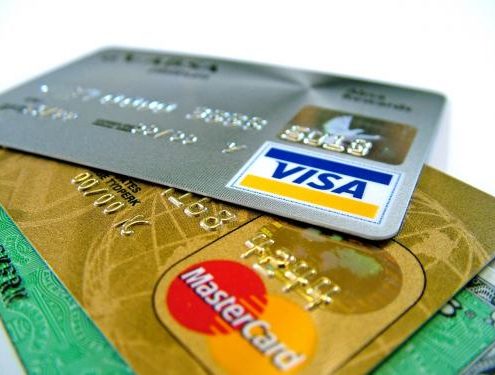How to Save on Back to School Supplies
by Lynn Viesti Berube
It’s officially August, and that means parents are getting their kids ready for the new school year. And while the first bell is rapidly approaching, there is still one last obstacle for many people to overcome before students are back in the classroom… back to school shopping.
Anyone sending their kids back to school this fall knows just how expensive back to school shopping can be, but did you know it’s the second-largest seasonal shopping period of the year? That’s the word according to Statista, which ranks back to school shopping as No. 2, just ahead of Mother’s Day and Valentine’s Day. In fact, Statista estimates that $74.9 billion will be spent this year alone on back to school needs.
Here are a few ways you can save during this seasonal shopping period:
• Shop from Aug. 16-22: That is Connecticut’s tax free week. During this tax holiday, consumers can shop for clothing and footwear, tax free, on purchases up to $300.
• Buy in bulk: Not only will you be able to get a lot of items you need for the entire year by shopping in bulk, but leftovers can be used the next year as well, which can help save you some money a year from now.
• Check your inventory: If you already shop in bulk, or even if you don’t, chances are you have school supplies left over from the year before. Check your inventory and decide what can be reused and what needs to be replaced.
• Buy from dollar stores: It’s amazing that pens, pencils, markers and notebooks can be as expensive as they are, but they can also all be found at dollar stores. Consider forgoing the name brands for their dollar store counterparts to get the most bang for your buck.
Being strategic in your back to school shopping can net you big savings. Once you’ve done so, consider depositing your savings into a Milford Bank savings account for your future graduate.



